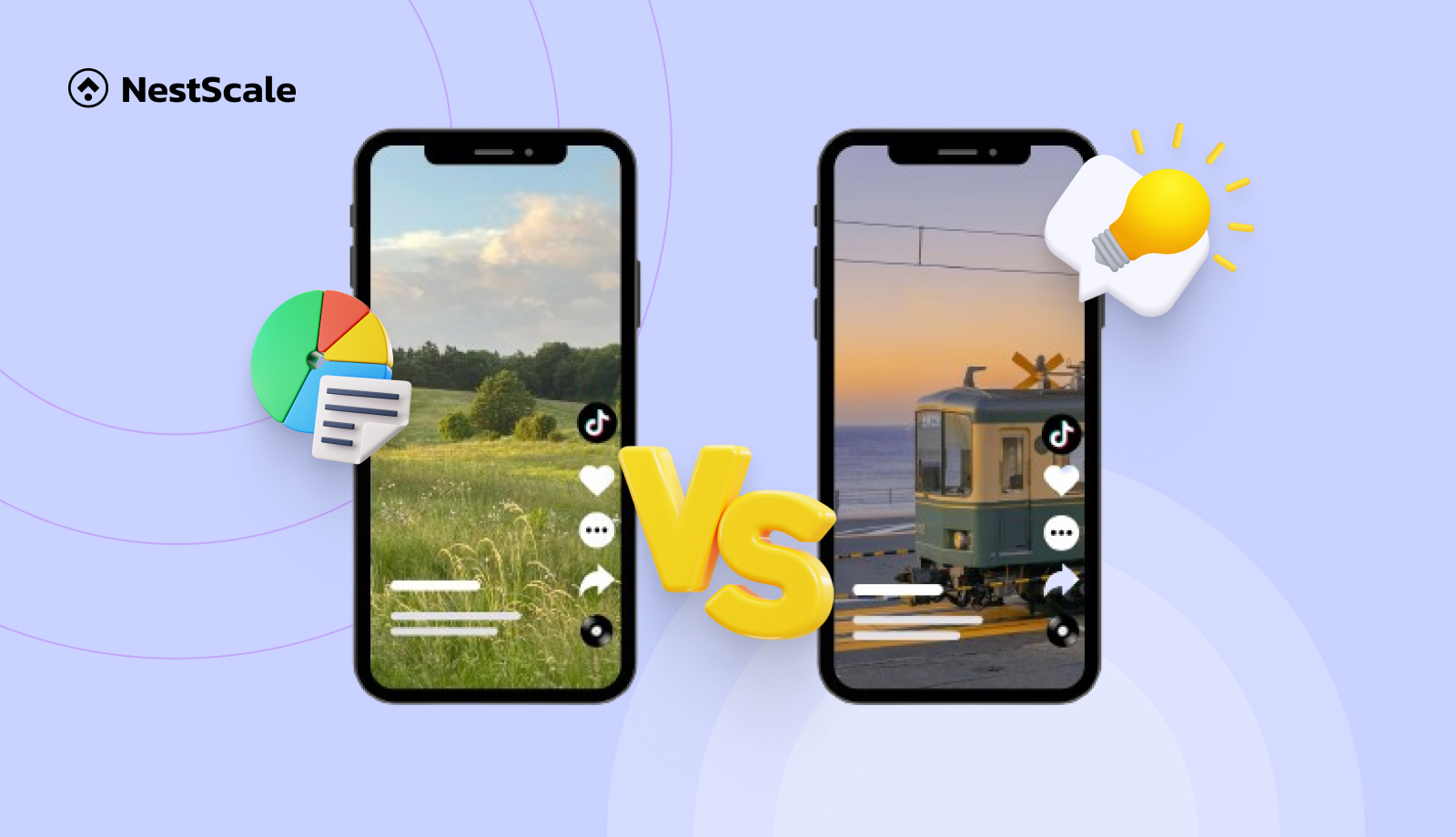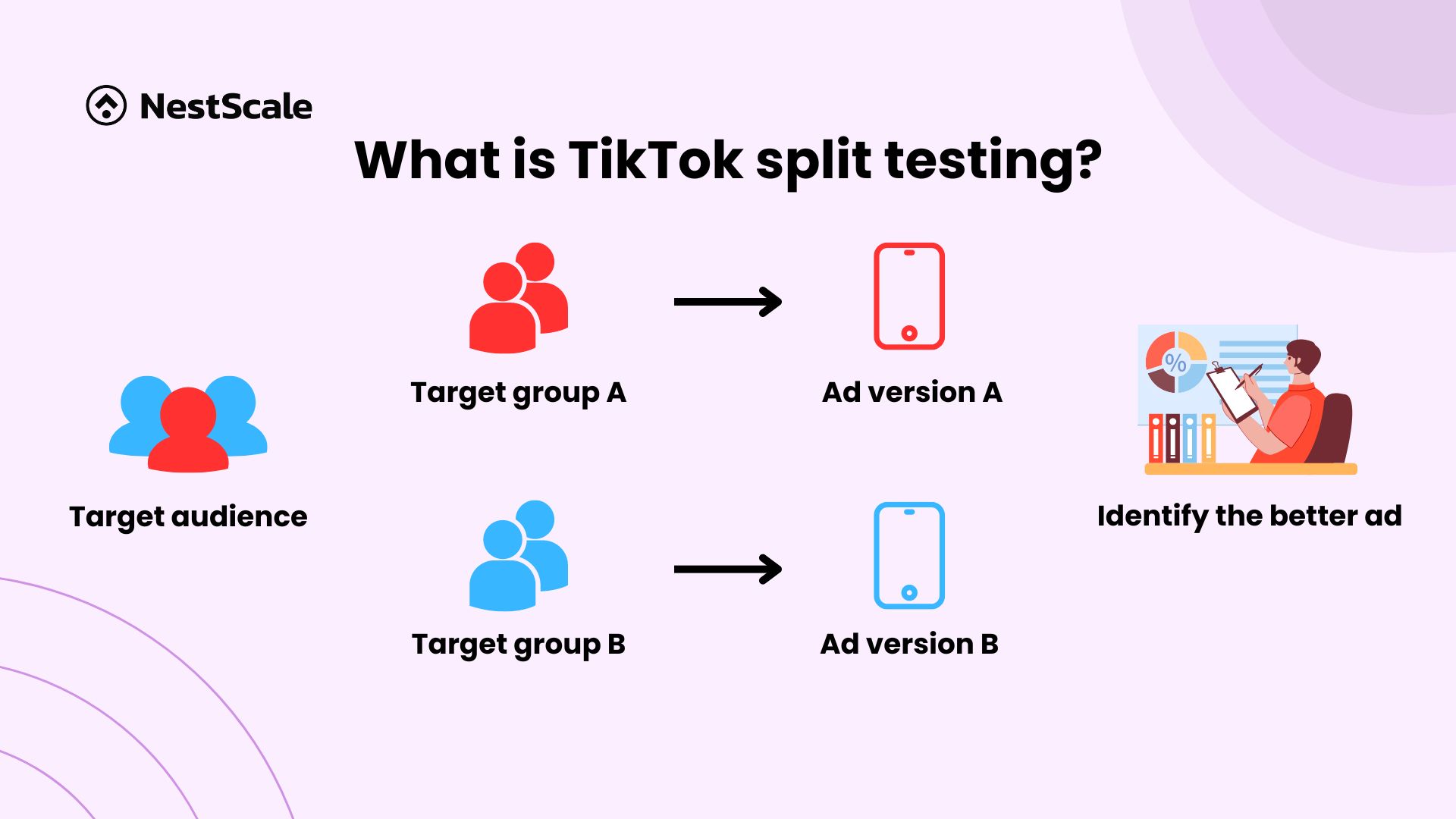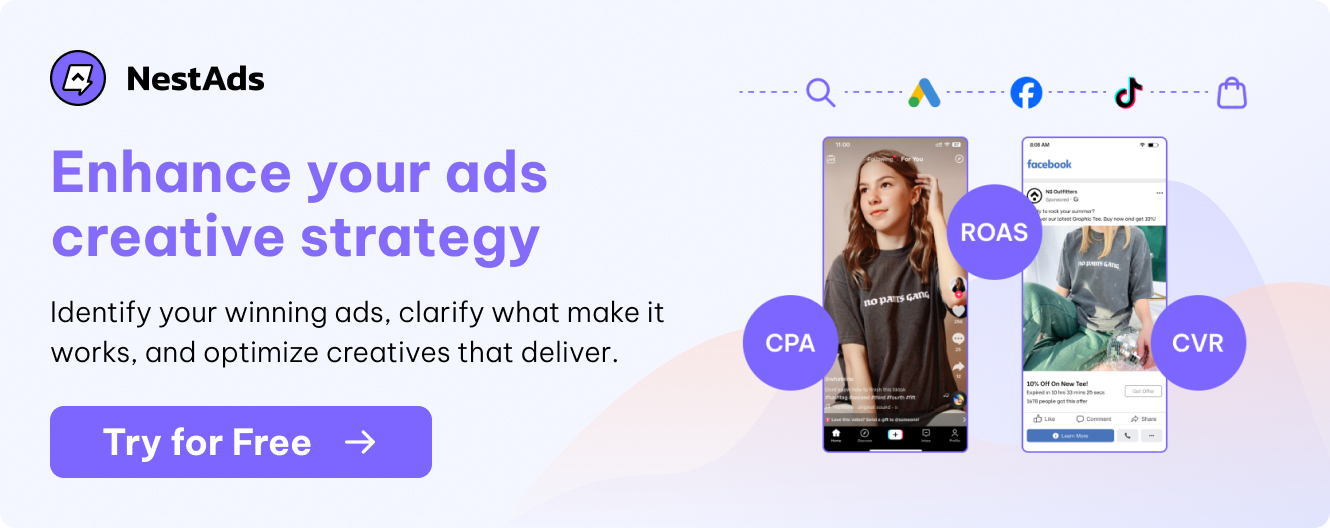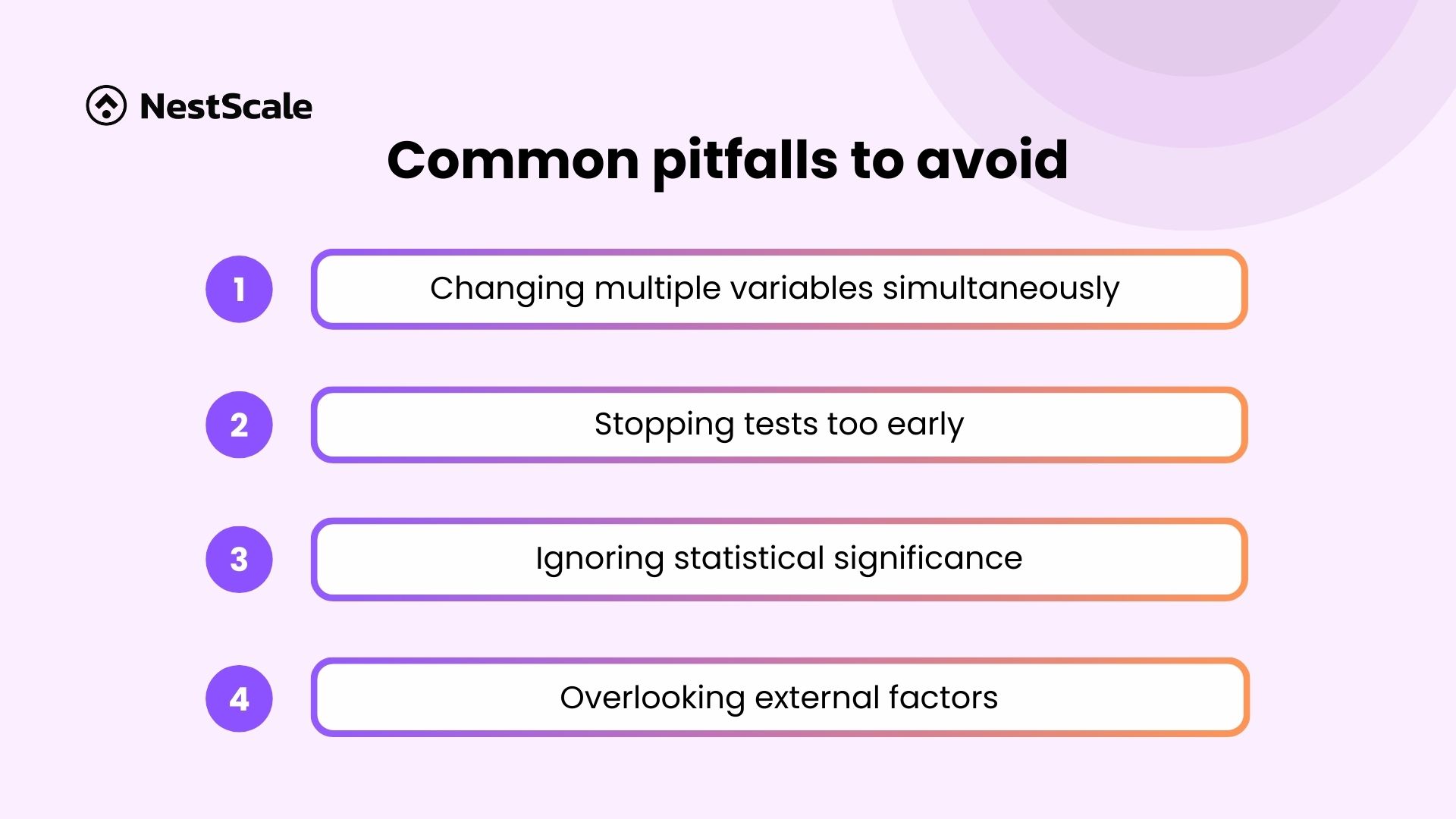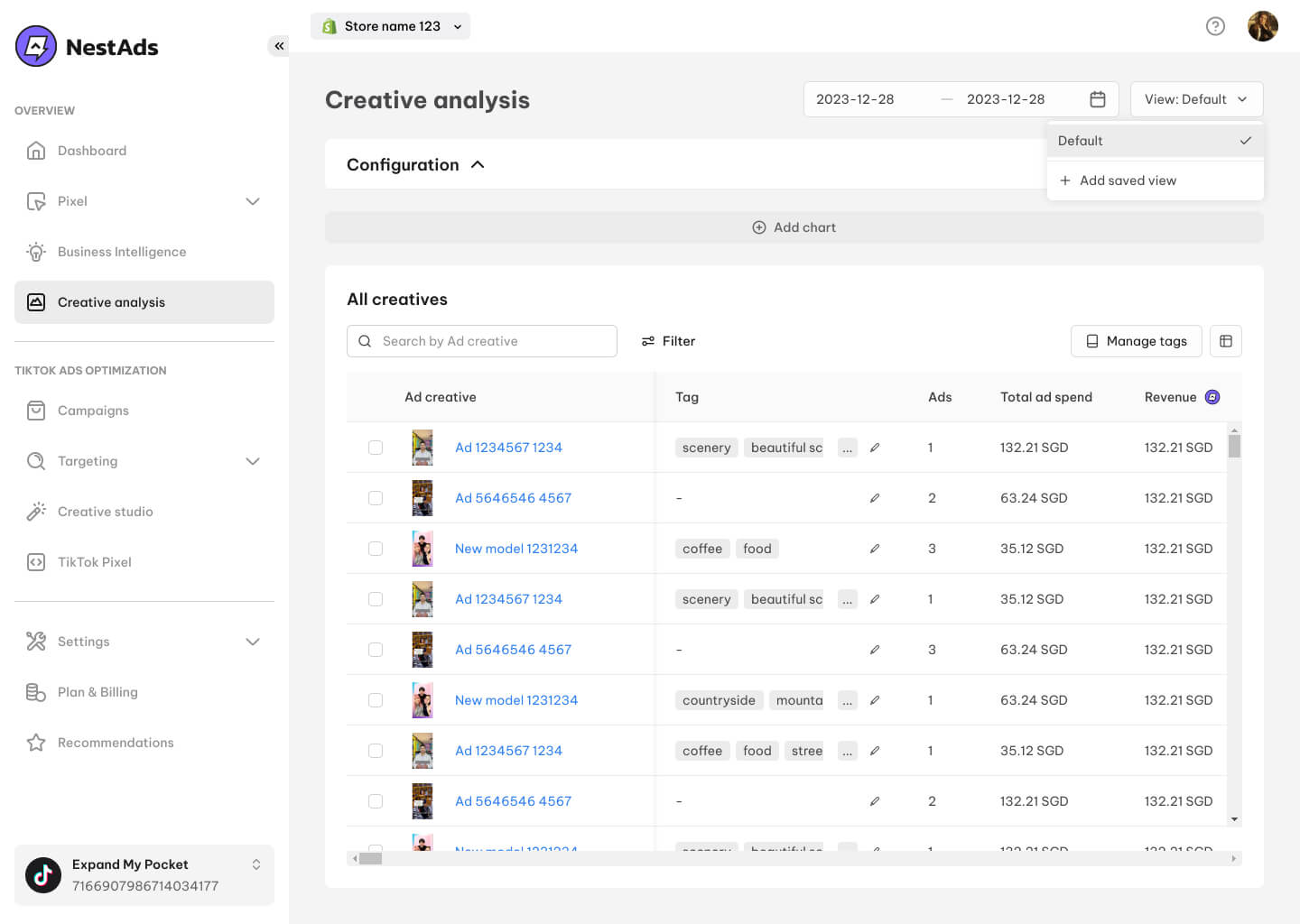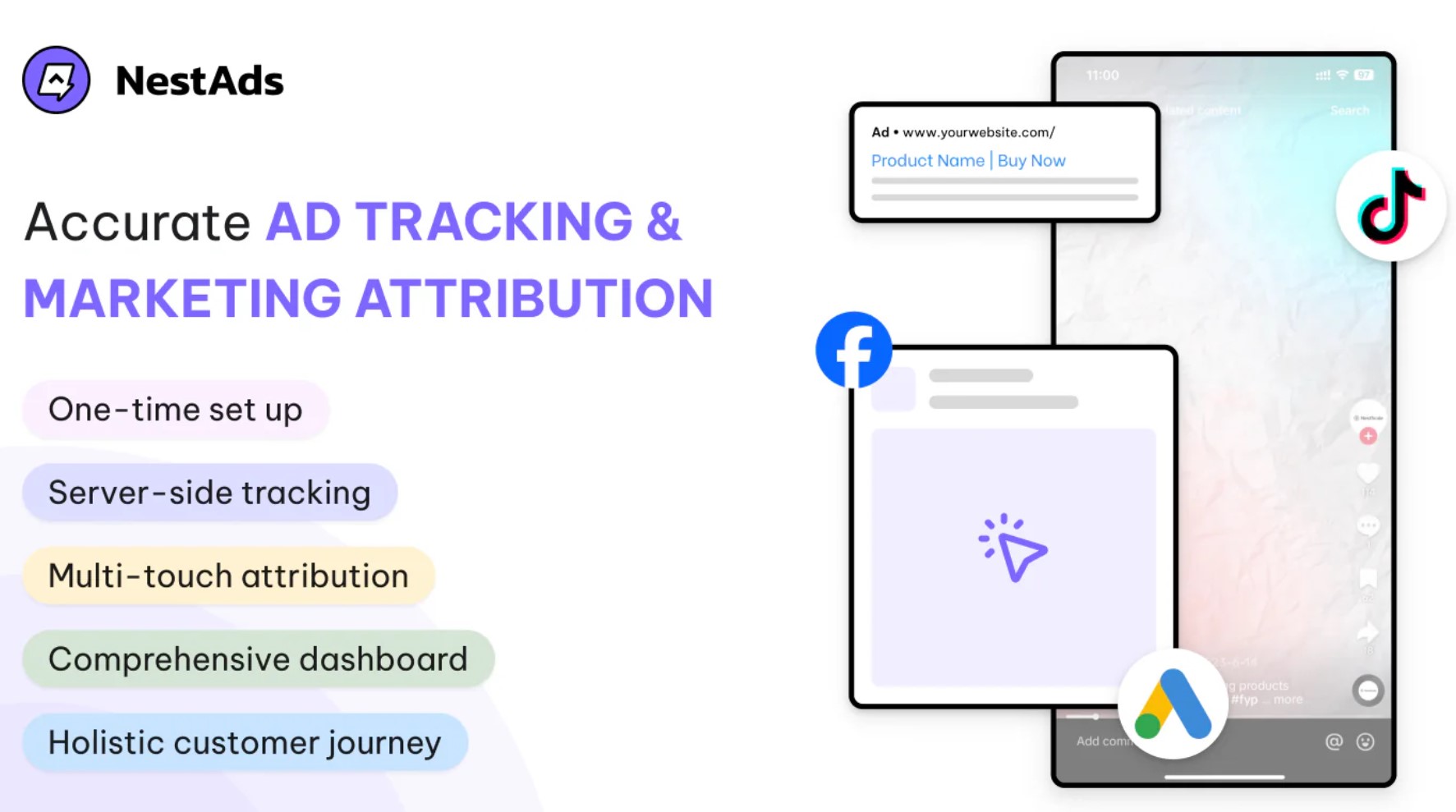TikTok has rapidly become a powerful platform for advertisers looking to reach a diverse and engaged audience. However, just launching ads on TikTok is not enough to guarantee success. To truly ensure you’re getting the best ROI, TikTok split testing (aka A/B testing) is essential.
This blog will guide you through the fundamentals of split testing on TikTok, how to use it, which scenario to use and some best practices.
What is TikTok split testing (A/B testing)?
Split testing, or A/B testing, involves comparing two or more versions of an ad to determine which one performs better.
On TikTok, split testing allows you to experiment with different elements of your ad campaigns, such as creatives, audiences, ad copies, and placements.
By isolating and testing these variables, you can identify which combinations yield the best results.
A to Z guide on how to use split testing (A/B testing) on TikTok
To get the most out of TikTok’s split testing feature, it’s essential to understand how to set up and analyze your tests effectively.
The following sections will guide you step-by-step on setting up A/B tests on TikTok and how to interpret the results to optimize your ad campaigns.
How to set up
Setting up split testing on TikTok is rather straightforward. Just follow these steps:
- Go to TikTok Ads Manager > Campaign > Turn on the toggle for Create split test.
- Choose the ad group and variable you want to test. There are 3 test variables but in each split-testing campaign, you can only choose 1 variable:
- Targeting: Broad vs narrow targeting, demographic, interests and behaviors, etc.
- Creative: Ad formats, the copy of your call-to-action & description.
- Bidding and optimization: optimization goals, bidding strategies, and bid amount.
- Finally, define your test parameters, such as the key metric and budget.
Note:
- You can now include two ad groups from different campaigns in a split test, even if the campaigns have different advertising objectives.
- Campaign Budget Optimization is not available for split testing (a/b testing) at the campaign level.
- TikTok currently supports comparing only two active ad groups in a split test.
- Both ad groups in a split test must use the same placement on TikTok.
- Schedule your test for a minimum of 7 days to ensure the system gathers a sufficient and meaningful sample.
How to view split testing (A/B testing) results
Log in to TikTok Ads Manager > Campaign tab > Ad group tab.
Select the ad groups with split test turned on > View Data > Click Split Test.
After your split test concludes, the system will identify the winning test group based on the key metric you selected. It’ll show one of the following results:
- Winning ad group found (90% confidence level).
- No winning ad group found (90% confidence level).
You can pause an ad group manually or let the system automatically pause the less effective one once it identifies a winner.
Note: For iOS14+ campaigns, it may take up to 72 hours for conversions to be reported back to TikTok Ads Manager.
When should you use split testing for your TikTok ads?
Split testing (A/B testing) is invaluable when you need to fine-tune your TikTok ad strategy for the best performance. Consider using split testing in the following scenarios:
- Optimizing ad settings: Split testing helps you quickly and reliably identify the most effective ad settings by comparing different versions of your ads, ensuring you find the ones that maximize ROAS.
- Validating hypotheses: With a 90% confidence rate, split testing allows you to test your hypotheses scientifically, providing statistically significant results that guide your ad strategy.
- Avoiding audience overlap: Split testing ensures that each audience group sees only one ad group, preventing competition between groups when manually running two ad campaigns.
- Scaling spend strategically: After identifying the most effective ads through split testing, you can easily continue running the winning ad group, refining your strategy and scaling your ad spend efficiently with additional tests.
You can also check out TikTok’s recommendations for more details.
Best practices for TikTok split testing (A/B testing)
Now that you’ve set up your TikTok split testing campaign, it’s advisable to tick all items in the checklist below for the best ad results.
If you want to further optimize your split testing campaigns, check out our guide for TikTok Creative’s best practices.
Even the most well-planned split tests can go wrong if you’re not careful. Here are some common pitfalls to avoid:
- Changing multiple variables simultaneously: This can muddy your results and make it hard to pinpoint what caused a change in performance.
- Stopping tests too early: Prematurely ending tests can lead to inconclusive results.
- Ignoring statistical significance: Ensure your results are marked as statistically significant to avoid fallacies.
- Overlooking external factors: Be aware of external influences that could impact your results, such as seasonal trends or market changes.
Optimize your campaign with an analytic tool
TikTok Business analytics offers advertisers a basic option to optimize your TikTok ads. However, to truly harness the power of split testing, it’s crucial to use an analytics tool that can accurately measure and analyze your ad performance.
This is where NestAds comes into play.
NestAds seamlessly centralizes data from platforms like TikTok, Facebook, and Google, allowing you to gain a comprehensive view of your marketing strategies’ efficiency.
By integrating this data, you can monitor key metrics such as ROAS, CPA, and conversion rates—all essential for understanding which ad variations are driving the most value.
But NestAds doesn’t just stop at providing raw data. It enhances ad performance by leveraging Creative reports, offering you actionable insights into which creative tactics work best.
NestAds offers advanced ad tracking and measurement features at a competitive price, making it accessible even for those with limited tech skills. It integrates seamlessly with Shopify stores, ensuring accurate data through 1st-party sources.




































